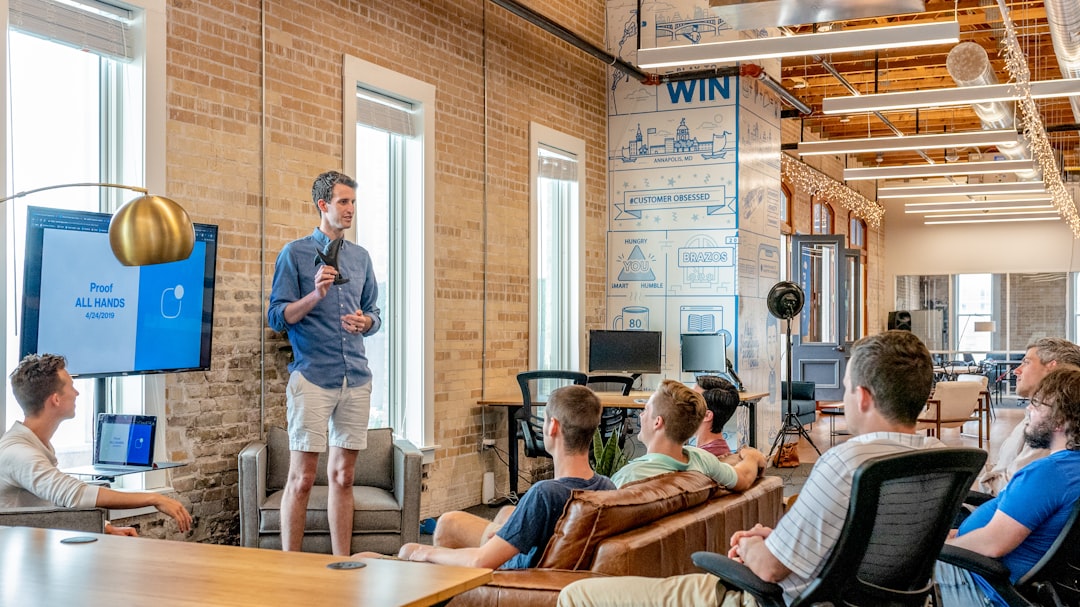The Demo Session Process
Besides serving customers, we take every prospect seriously during our daily work. When I receive a Demo session notification, I get very excited and take a series of actions:
- Before the meeting, I prepare the necessary slides and materials and write down specific questions based on the information collected.
- During the meeting, I take about 5 minutes to introduce ourselves to each other, confirm this meeting’s goal, go through the slides with the requirements collected in advance, and answer the questions raised by the prospect.
- After the meeting, I organize the meeting minutes, send them for the record, and arrange for my team to prepare to assist the prospect in completing the PoC.
Steps to Win a Customer
The process is intuitive, and I’ve figured it out from communicating and collaborating with hundreds of such prospects, which helps the team monitor where each prospect is. However, there are several steps we need to go through to win a customer:
- Product Exploration
- Solution Discussion
- Features verification in the Development environment
- Discuss and Sign the contract
- Go for Production
- After-Sales Support
For customers entering the PoC stage, this usually means they have confidence in our product, service, and team. Otherwise, they leave at an earlier stage. After all, there is a high cost to taking weeks or even months to validate everything.
Prospects Disappearing
The ideas presented in this article are based on communication with existing prospects and may not apply to the future. After 2 to 3 remote meetings with some prospects, the contacts suddenly disappeared and could not be reached by email or LinkedIn. After many similar cases, I started to think: What went wrong?
To find the answer, I continue to leave messages to these disappearing prospects, “Can you share some progress and internal discussions with me? For what reason did you no longer choose to continue working together?” At the same time, I also asked the clients I was currently in contact with, “Can you tell me your feedback on the way you are currently working together? Do your teammates have suggestions for our products and services?”
After months of communication, I gathered some feedback:
- Pricing that is out of budget.
- Some specific requirements/features are not supported natively.
- Concerns that teammates have difficulty mastering how to use them.
- There is a pause in progress due to internal adjustments within the company.
In addition, multiple prospects ask the same questions, for example:
- Whether we provide training materials and courses.
- What components do your products offer, except the core gateway component?
- How do you achieve high availability of these components?
- How to achieve high availability of the overall architecture?
- Besides API management, how to build unified identity management?
- How to achieve Open Banking and modernize legacy services?
Aligning Expectations with Prospects
As a result, I think some prospects choose to leave early on because expectations are not aligned: they expect us to be the reliable solution provider, not a pure software service provider, not a buyer-seller relationship (of course, there are other factors as well, but this article records only one of those possibilities).
Recent user interactions bear out this opinion: they point out that we’re the industry experts, we have the best solutions, and we need to lead them proactively rather than them telling us what to do. Such feedback requires us to stay abreast of industry trends and engage with industry experts and users to gain more insights.
Conclusion
Since going all-in on the API industry in 2019, Apache APISIX has grown in community, features, users, and support. The existing users consider us experts in the industry - after all, there are different specialists in different fields.
For the fact that some prospects have paused in their research indicates, in part, that we have not been able to get them to understand the importance of our existence and the value we bring to them as quickly as possible within the limited opportunities we have, which requires continuous communication with them and bringing industry insights, trends, and experience to their benefit.



